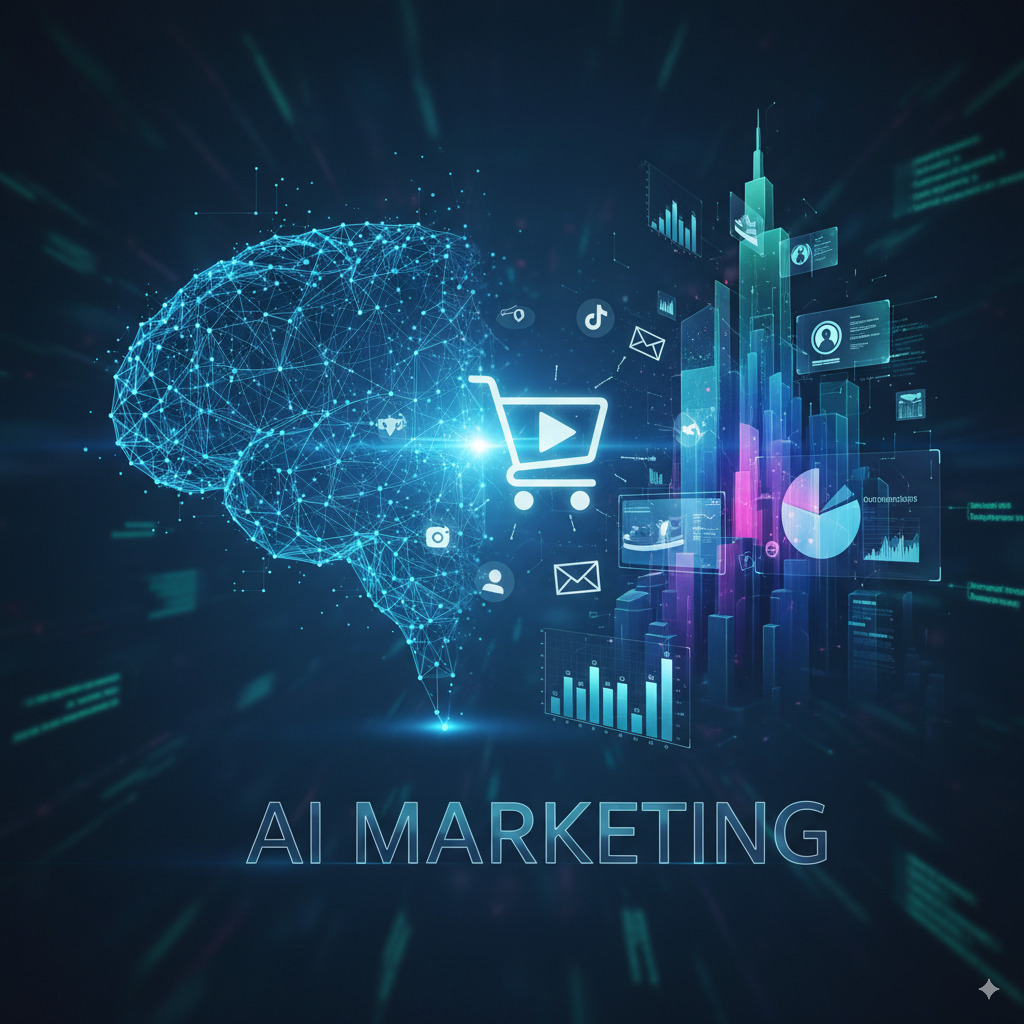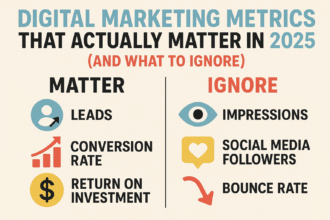Content marketing has always been about one thing: delivering value. But in the AI-driven era of 2025, the way that value is created, distributed, and consumed has fundamentally changed.
For years, brands have relied on blog posts, videos, whitepapers, and social content to attract audiences. But now, AI can generate articles in seconds, summarize search results instantly, and even create hyper-personalized videos at scale. This has left marketers asking a critical question: does content marketing still work in the AI era—and if so, what has changed?
The short answer: yes, content marketing still works. But not everything does. To succeed today, brands need to adapt to new realities—where AI is both the competition and the most powerful tool in the marketer’s arsenal.
The New Reality of Content Marketing in 2025
AI has disrupted nearly every part of the content marketing process:
- Content Creation – AI tools like Jasper, Writesonic, and Copy.ai can produce first drafts in minutes.
- Distribution – Social platforms use AI-driven algorithms to decide what content is surfaced.
- Search – Google’s AI Overviews and ChatGPT-style engines are shifting how people find and consume information.
- Consumption – Audiences increasingly expect content that’s more personalized, visual, and interactive.
This doesn’t mean traditional content is dead—it means marketers need to rethink how they create and deliver value.
What Still Works in the AI Era
Let’s start with the good news: some pillars of content marketing remain as powerful as ever.
1. Original Thought Leadership
AI can remix existing content, but it can’t replicate your unique perspective. Brands that win are those that share insights rooted in real experience, proprietary data, or strong opinions.
- Publish original research or industry reports.
- Share behind-the-scenes lessons from your company’s journey.
- Offer expert commentary on trends that matter to your audience.
2. Storytelling and Human Connection
AI may generate text, but it lacks empathy. Human stories resonate in ways algorithms cannot. Case studies, customer success stories, and founder narratives remain timeless assets.
3. Multimedia and Interactive Formats
Content that engages multiple senses is thriving. Podcasts, short-form video, interactive infographics, and webinars all continue to capture attention. AI can assist in production, but creativity and storytelling drive engagement.
4. Community-Driven Content
Community is one area where AI can’t replace humans. User-generated content, community forums, and ambassador programs still build authentic trust that no AI can manufacture.
5. Evergreen Content
Articles that answer fundamental questions or solve recurring problems continue to deliver long-term ROI. AI may accelerate competition, but evergreen resources still rank and drive traffic if they’re comprehensive and well-maintained.
What Doesn’t Work Anymore
On the flip side, several old tactics have lost their effectiveness in the AI era.
1. Low-Value SEO Content
The days of pumping out keyword-stuffed blog posts are over. AI can generate thousands of articles faster than humans, and search engines are getting better at filtering out thin, repetitive, or generic content.
2. Overly Automated Messaging
Audiences can spot when a LinkedIn post or email feels robotic. While AI can help draft content, publishing unedited machine text often damages brand authenticity.
3. Content Without Distribution Strategy
“Publish and pray” is no longer an option. With algorithms prioritizing engagement, distribution through social media, newsletters, partnerships, and paid promotion is essential.
4. Vanity Metrics Over Business Impact
Focusing on page views or likes is outdated. In the AI era, successful marketers tie content directly to pipeline growth, customer retention, or revenue—not just awareness.
5. Ignoring Search Evolution
Search is no longer just about blue links. With AI-powered summaries, voice assistants, and multimodal results, failing to optimize for AI-driven search means losing visibility.
How to Adapt Your Content Marketing Strategy
So, what does a winning content strategy look like in 2025?
1. Blend Human + AI Strengths
Think of AI as your creative co-pilot. Use it to:
- Generate outlines and first drafts.
- Summarize customer feedback.
- Repurpose content into multiple formats.
But always apply a human layer for editing, storytelling, and ensuring brand authenticity.
2. Prioritize Authority and Trust
Google’s helpful content updates and AI Overviews prioritize expertise and credibility. Back your content with:
- Cited research and statistics.
- Author bios with credentials.
- Transparent sources and case studies.
3. Invest in First-Party Data Content
With privacy changes limiting third-party tracking, your own customer insights are gold. Turn surveys, product usage data, and case studies into compelling content assets.
4. Repurpose Content Across Channels
One webinar can become:
- A series of blog posts.
- Social media clips.
- An infographic.
- A podcast episode.
This multi-channel approach ensures maximum reach while keeping production scalable.
5. Build Owned Media Platforms
Don’t rely solely on algorithms. Invest in owned channels like newsletters, podcasts, or branded communities where you control distribution.
The Future of Content Marketing in an AI World
Looking ahead, the role of marketers is shifting from “content creators” to content curators, strategists, and community builders. AI will handle the heavy lifting, but humans will lead with creativity, ethics, and storytelling.
The brands that thrive won’t just publish more—they’ll publish better, delivering the kind of value that AI alone cannot replicate.
Key Takeaways
- What works: thought leadership, storytelling, multimedia, community-driven content, and evergreen assets.
- What doesn’t: low-value SEO spam, unedited AI text, content without distribution, and vanity metrics.
- AI is a co-pilot, not a replacement—human insight and creativity remain essential.
- Marketers should focus on authority, trust, and owned channels to future-proof their strategies.








